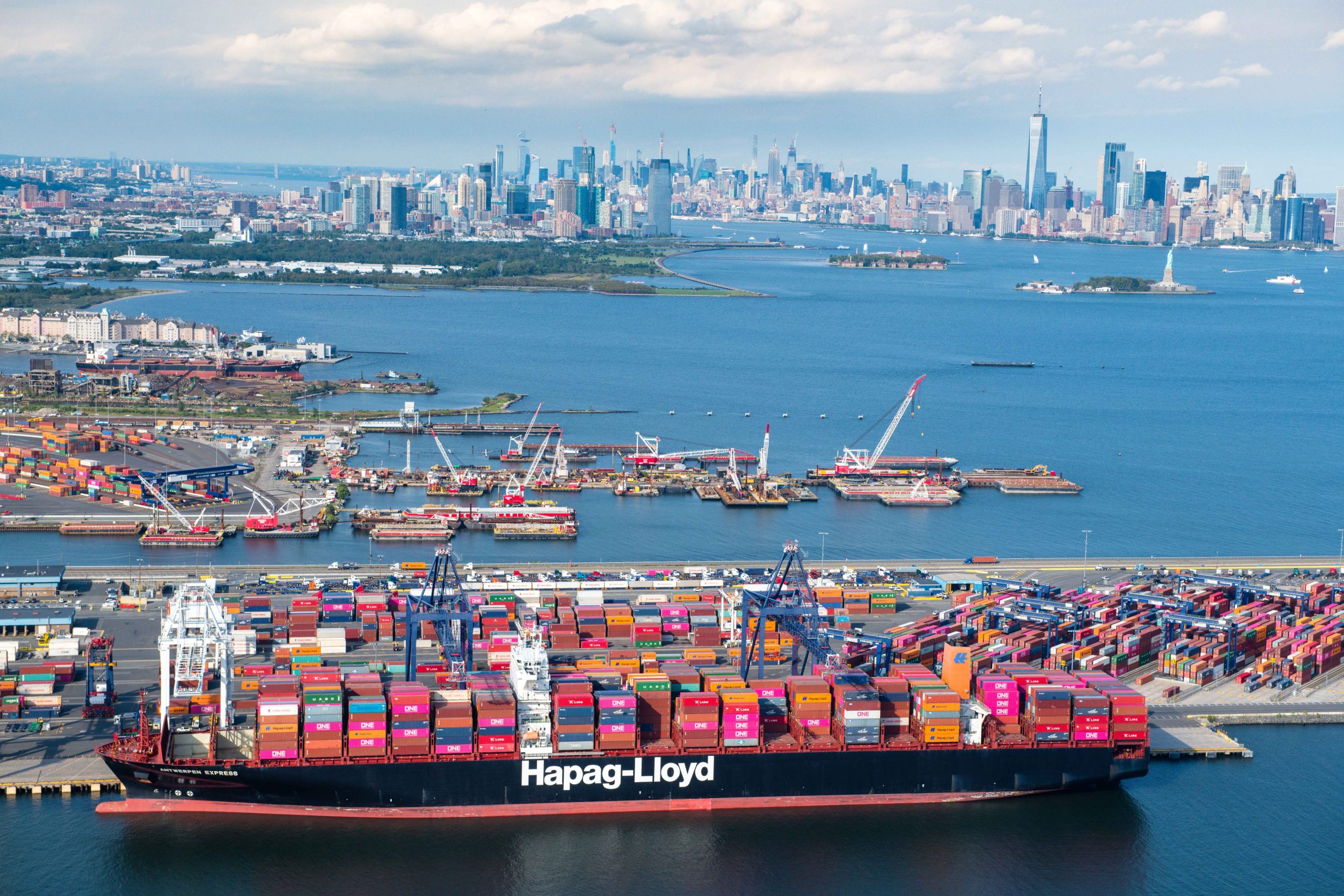According to Xenata, the Oslo-based market intelligence platform, under one in five containerships are currently arriving on time at U.S. East Coast ports, with the West to East coast cargo shift hitting schedule reliability.
The shift in shipping capacity has caused congestion for the East Coast ports as West Coast ports improve cargo flow relative to their peak in late 2021 and early 2022.
“We’ve seen a stretched supply chain on the U.S. West coast for a protracted period,” said Peter Sand, Chief Analyst at Xeneta. “This has been frustrating for both the carriers and cargo owners, with, at peaks times, vessels having to wait for three weeks, or more, for a berth at Los Angeles and Long Beach. That congestion has provided impetus for carriers to adjust capacity and try to side-step bottlenecks, looking East instead.”
U.S. East Coast ports have seen their cargo volumes climb nearly 12% this year. In the past three months, capacity between the Far East and the U.S. East Coast has risen by 18.9% year-on-year. This has translated to an average capacity of 210,000 TEU, the equivalent of carriers adding four 8,750 TEU ships, per week against 2021 levels, according to Xeneta.
“This is a major shift, but unfortunately it also comes with major repercussions,” said Mr. Sand. “As more vessels and cargo heads East – there’s been a 11.9% increase in volumes so far this year, with a 7.3% year-on-year increase in May alone – the chain on this side of the country is pressurized, and there’s a price to pay in terms of reliability. So, in a way, the East Coast becomes a victim of its own success and the West has the breathing space to recover somewhat.”
The Port of New York and New Jersey presently shows 19 ships at anchor, while at the Port of Savannah the ships at anchor have soared to more than 40.
“Despite ongoing concerns portside, with the continued threat of industrial action from dockworkers, amongst other factors, those shipping to the West Coast will have enjoyed easing congestion of late. Fewer ships mean less pressure, and schedule reliability has now reached its highest level in over a year,” said Mr. Sand, who continued: “Nevertheless, only 24.8% of ships are arriving on time – with an average delay of 9.9 days (against an average of nine days on the East Coast) – so there’s still a lot of work to be done. It’ll be very interesting to see how this develops, as well as, of course, how rates are impacted by the capacity adjustment and changing demand picture going forwards.” (Photo Port of New York/New Jersey)





